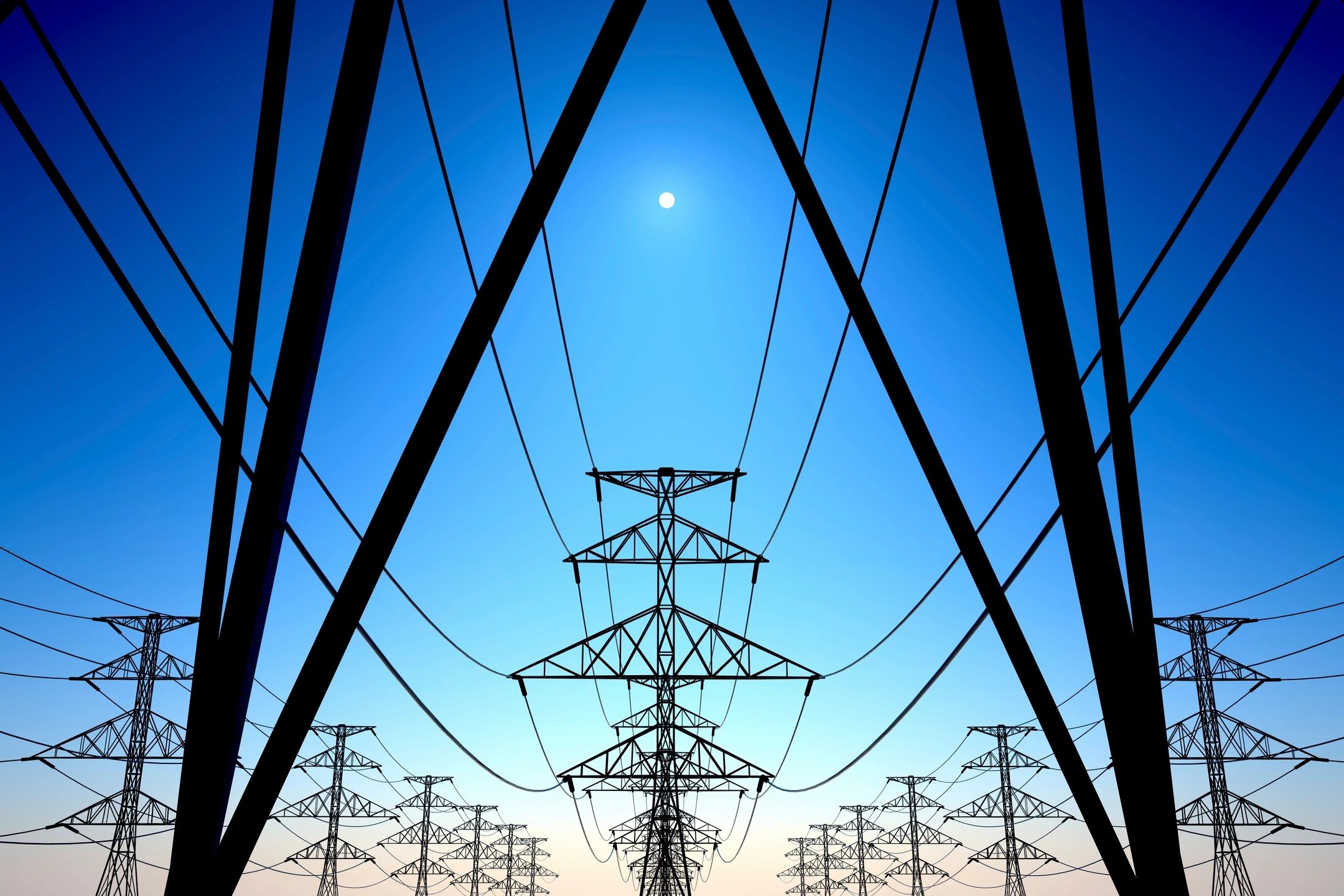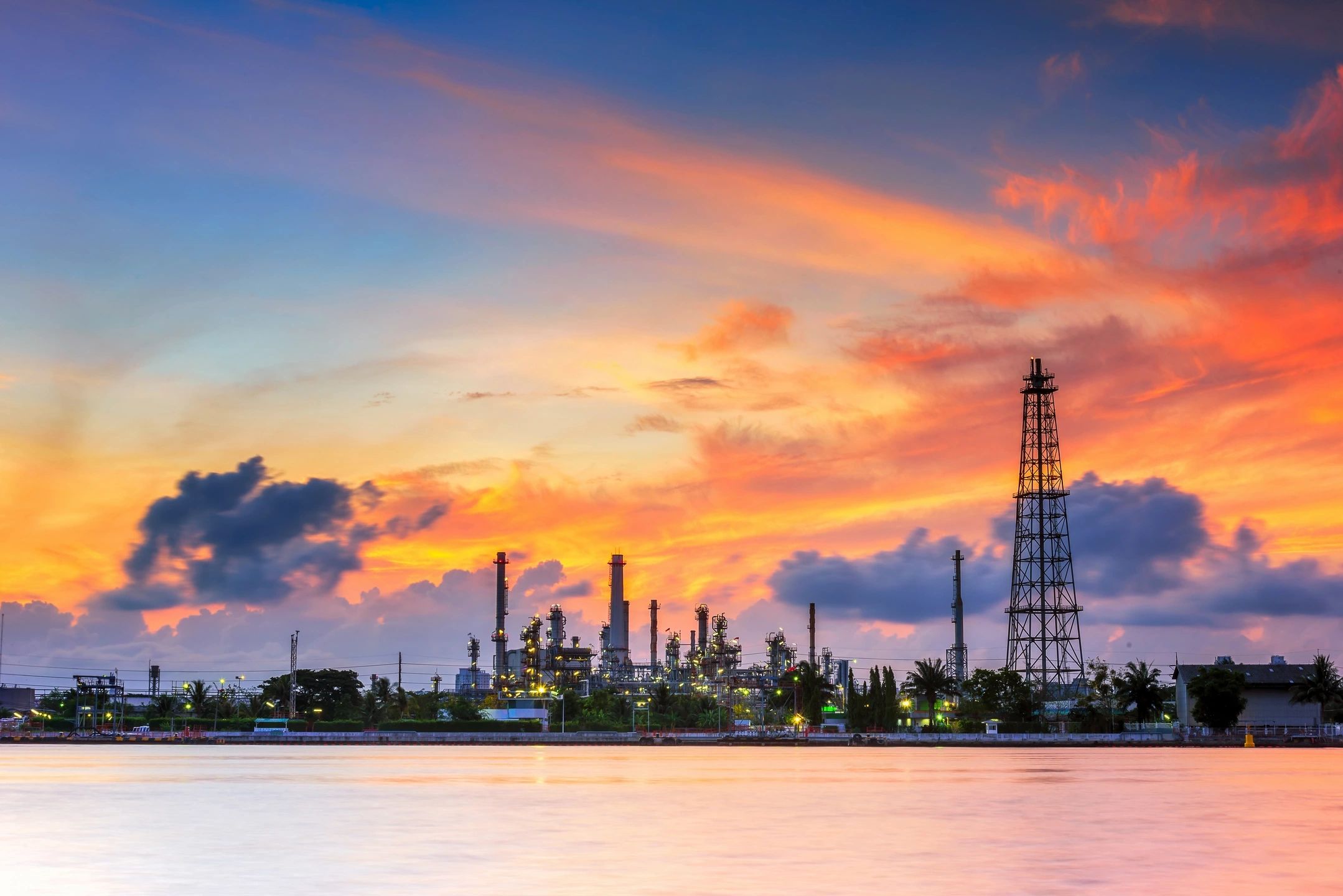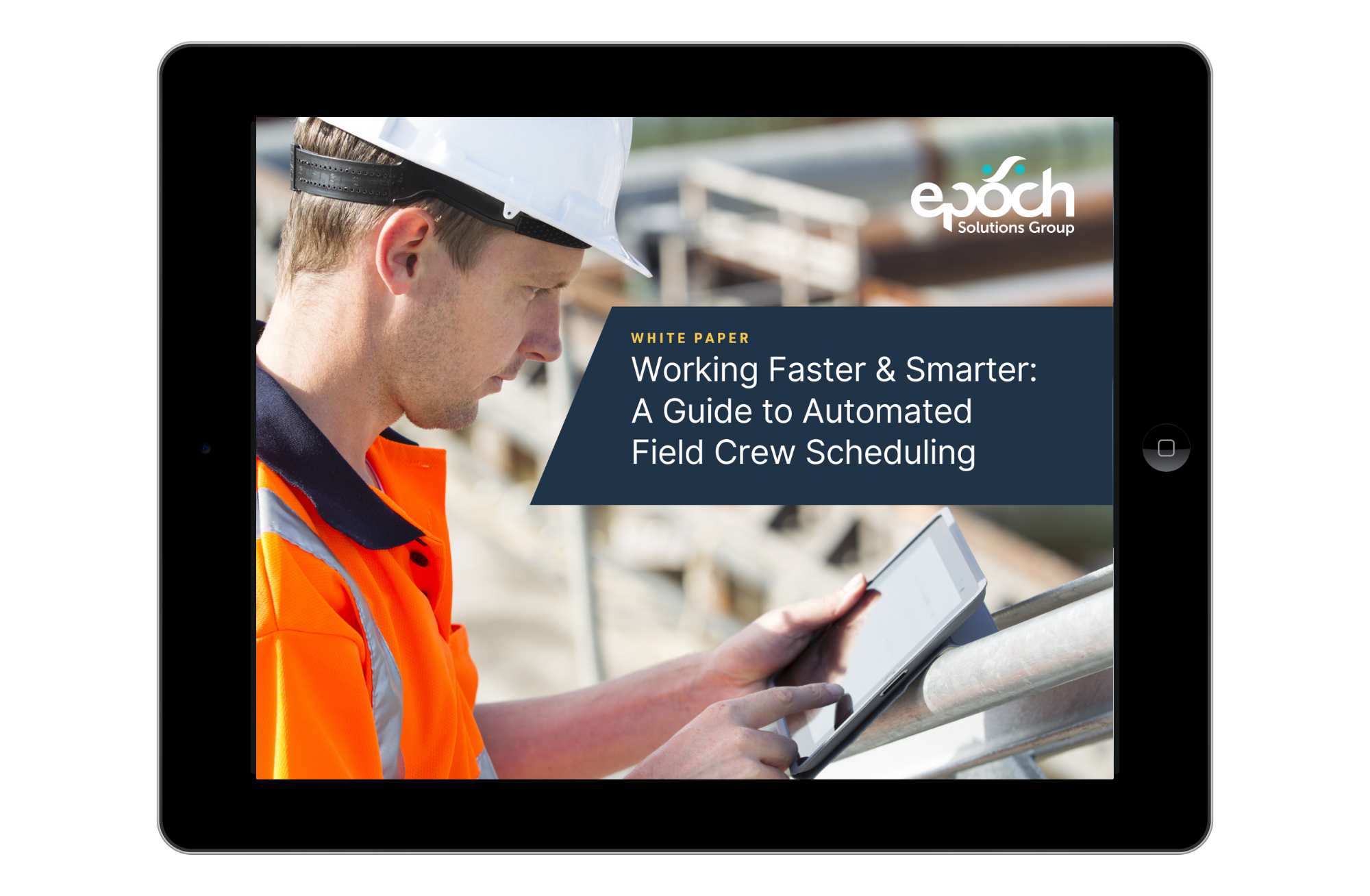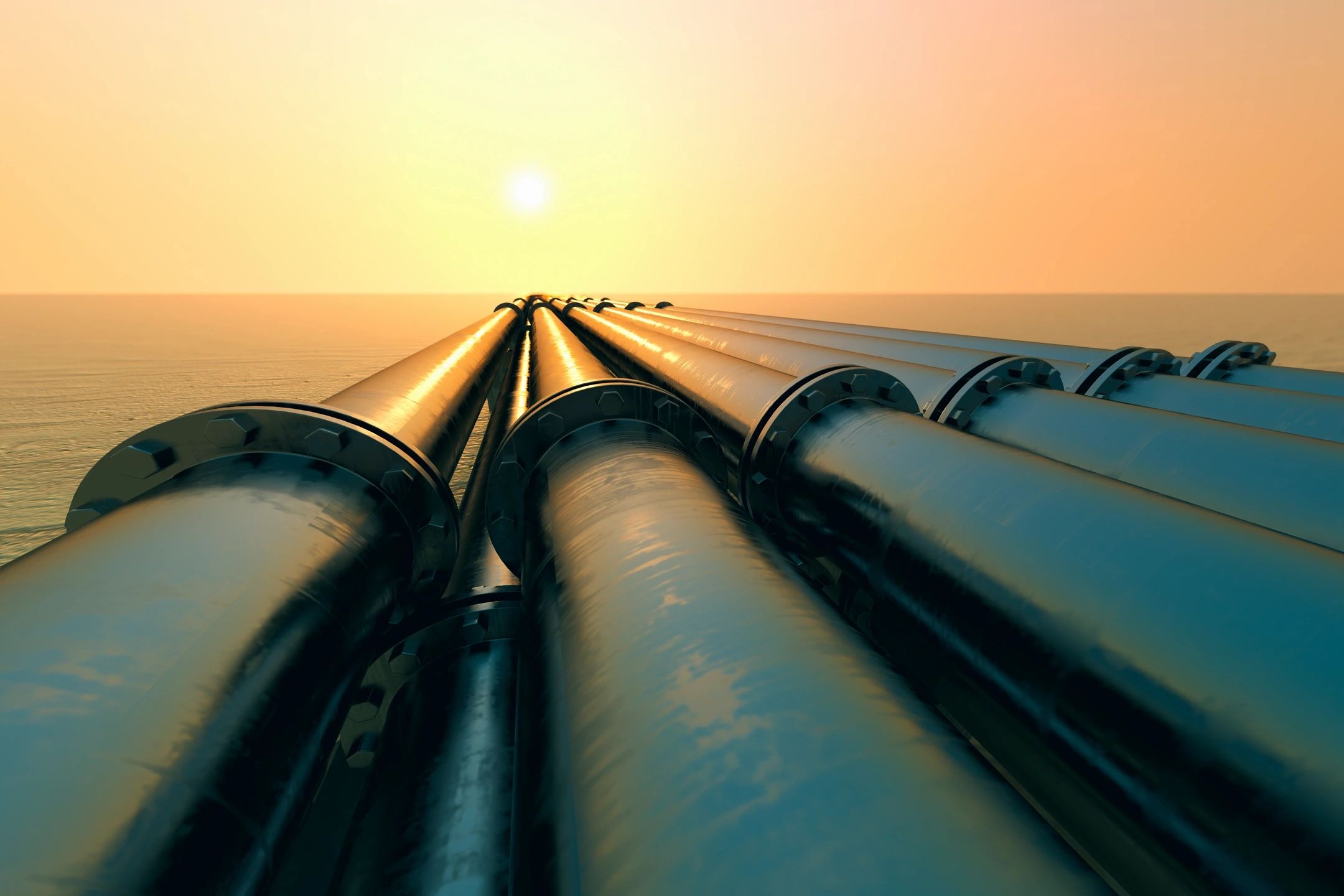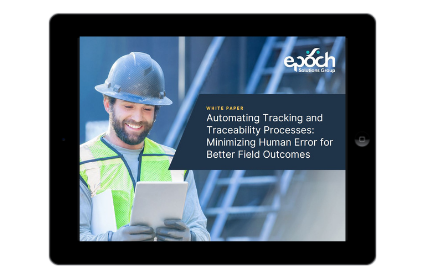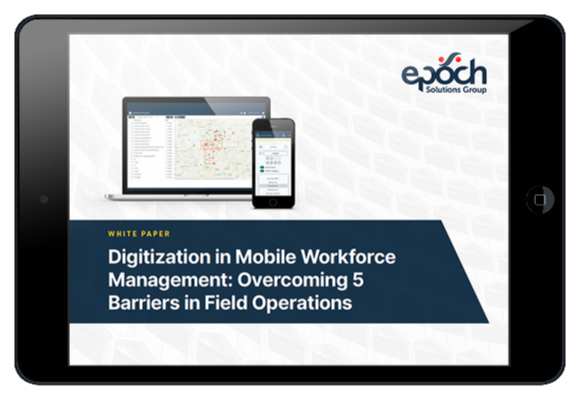New GIS mapping platforms are fast emerging, helping utility companies digitize their field data and automate their operations for improved service reliability, accelerated response times, and better communication across back-office teams and field crews. However, while these platforms hold significant promise to transform the way utilities operate, introducing them to the thousands of workers deployed in the field can be a challenge. After all, many utility field crew workers have been doing their jobs the same way for decades – and learning entirely new processes and workflows can be challenging as well as unwelcome.
To help field crews more readily embrace these important new tools of productivity, utility companies should consider the needs of this pivotal workforce in the earliest design phases of a solution. As aptly stated by Customer Think, “good user interface design determines the success of an application. If the customers find the application to be too complicated to navigate or too busy and confusing, then irrespective of how many features and add-ons it provides, it will be left desolated, untouched, and unused.”
Here are three steps utility companies can take to ensure that their digitization investments are aligned with the needs of all stakeholders, and that the solutions they deploy deliver the features, functionality, and easy navigation their field crews require.
1. Conduct a Needs Assessment
With any large software implementation, this is always a best practice. So, what exactly goes into an effective needs assessment?
According to IT Alliance a needs assessment is defined as a “systematic review of your company’s technology requirements, taking into account what is needed today, and the expected needs based on your plan of growth.”
To determine your current and future needs, it is of paramount importance to gather input upfront from all employees, contractors, vendors, and others who will be using the new platform. Accordingly, your needs assessment should query stakeholders on what they like and dislike about their current processes and workflows, and what improvements they would like to see a new technology deliver. Communicate with field crews the reasons for the new solution, and how these changes will both benefit the company – and help them do their jobs better, faster, and easier.
In bringing many voices to the table, and listening to field crew input, you will have a better understanding of the pain points in their daily tasks today – and can proceed intelligently and confidently with the development of your software design requirements.
2. Select a Configurable Platform
The next step in the development process will be selecting a vendor partner. When considering an initiative as broad and complex as the deployment of a field management digitization platform, it is best to take a holistic approach that considers only solutions that are enterprise-wide, and highly configurable. A flexible, extensible, enterprise-grade digitization platform will allow you to seamlessly implement customized features and functionality to meet specific user needs your field crews and others have outlined – and build out the platform with emerging technologies that will enhance your field operations for years to come. In addition, this flexibility allows the new solution to seamlessly integrate into your current processes rather than forcing new ways of working unnecessarily.
Ultimately, the digitization solution you select should serve as a point of integration across the environment, including the many business and GIS applications your utility has hosted in the cloud and on back-office servers. It should also enable automated, data-driven field operations scheduling and dispatching, and should support a device-agnostic app that is easy for field crews to access, download, and use from their own mobile devices. Finally, the new platform should enable real-time data processing, synching, and visibility across all systems, applications, and users, so informed decisions can be made, and collaborative processes between internal teams and field crews are improved.
Contact an Epoch Sales Consultant today ⟶
3. Provide Testing, Training, and Support
Once the development of your new digitization platform is near completion, it is essential that you conduct beta testing with a variety of internal users before going live with the solution.
As noted by Adobe, beta testing is “a type of user acceptance testing where the product team gives a nearly finished product to a group of target users to evaluate product performance in the real world.” Involving members of your field crew workforce in beta testing ensures that they can provide feedback on how the solution is performing for them, so you can make any modifications to the features, navigation, and other aspects of the platform’s functionality before the solution is moved into production.
Remember, though, that you are also asking your field crews to make significant changes to how they work. To that end, make sure that you offer sufficient training and support resources so field crews can confidently move forward, taking full advantage of all the advanced functionality and efficiencies digitization has to offer.
According to software industry experts, there are four modes of training you should consider leveraging to ensure field crews can quickly master the new software: self-study, eLearning, face-to-face learning, and coaching. So, selecting a full-service technology provider with in-house experts who can scale training for the size and diversity of your field crew workforce – and provide ongoing technical support will be critical to the successful adoption of the new solution.
Partnering with Epoch
For decades, Epoch Solutions Group has been driving utility industry innovation by delivering technologies and tools that are purpose-built for the unique needs of utility companies. Our flagship digitization and geospatial mapping platform, EpochField, enables field operations managers to integrate data, systems, applications, and users into a seamlessly connected ecosystem that unleashes the power of data and enables easy, automated workflows and processes from end to end.
EpochField’s intuitive map-based interface allows operations managers to identify, assess, schedule, and reassign field crews, equipment, and other resources, based on deep, real-time field data visibility – all with drag-and-drop simplicity.
And EpochField is just as simple for field crews to use. A full-featured companion mobile app is easily downloaded and launched from any Windows, Android, or iOS device deployed in the field, and offers complete functionality both online and off. This allows field crews, no matter where they are located, to digitally collect, document, share, and report on infrastructure and environmental conditions right from their smartphones, leveraging all the benefits of EpochField’s advanced automation technology and the broad situational awareness enabled by real-time field data digitization.
Because EpochField is highly configurable, it will seamlessly support future technology deployments as well, so you can continue to build out your infrastructure to meet the needs of your valued customers as your service area grows and changes.
Let us help you transform your field operations and enhance service levels across the communities you serve. Schedule an EpochField demonstration today.









